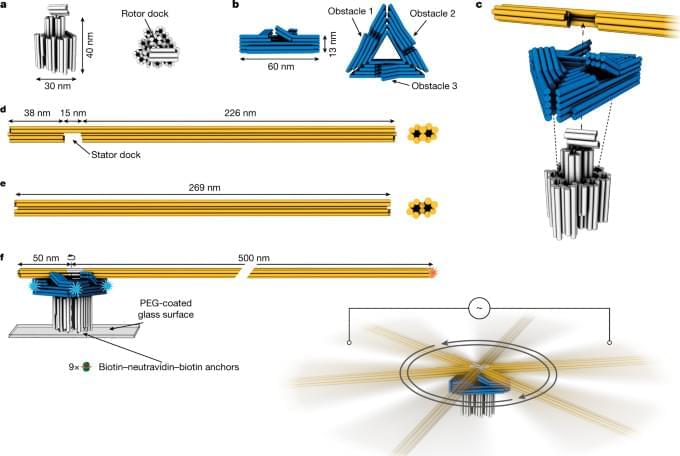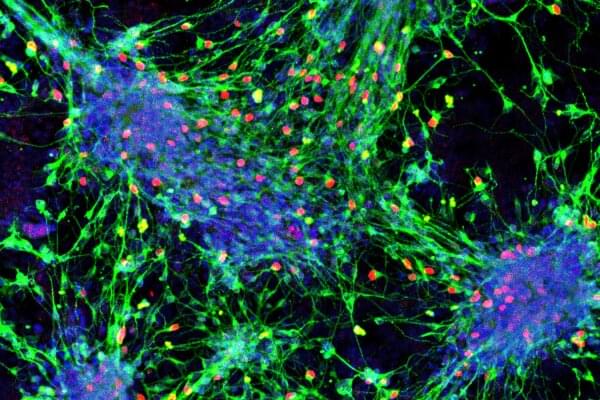Peanut Allergies – Why They Are a Thing and What to do About Them.
Research from Australia produces remission in peanut allergy through targeting Th2 cells to create antibodies to turn off the immune response.

Civilization will not last forever! Here are some bold predictions that will bring on the end of everything as we know it! Can you guess what will be the world-ending event that causes the collapse of civilization?
🔔 SUBSCRIBE TO THE INFOGRAPHICS SHOW ►
🔖 MY SOCIAL PAGES
TikTok ► https://www.tiktok.com/@theinfographicsshow.
Discord ► https://discord.gg/theinfographicsshow.
Facebook ► https://www.facebook.com/TheInfographicsShow.
Twitter ► https://twitter.com/TheInfoShow.
💭 Find more interesting stuff on:
https://www.theinfographicsshow.com.
📝 SOURCES: https://pastebin.com/K6WQE0NW
All videos are based on publicly available information unless otherwise noted.

Summary: Researchers discovered a specific neurotransmitter that helps assign either positive or negative emotions to memories.
Source: Salk Institute.
Researchers at the Salk Institute and colleagues have discovered the molecule in the brain responsible for associating good or bad feelings with a memory.


We’ll invite 1 million people from our waitlist over the coming weeks. Users can create with DALL·E using free credits that refill every month, and buy additional credits in 115-generation increments for $15.
DALL·E, the AI system that creates realistic images and art from a description in natural language, is now available in beta. Today we’re beginning the process of inviting 1 million people from our waitlist over the coming weeks.

Researchers at the Eli and Edythe Broad Center of Regenerative Medicine and Stem Cell Research at UCLA have developed a first-of-its-kind roadmap detailing how stem cells become sensory interneurons—the cells that enable sensations like touch, pain and itch.
The study, conducted using embryonic stem cells from mice, also identified a method for producing all types of sensory interneurons in the laboratory. 𝐈𝐟 𝐭𝐡𝐢𝐬 𝐰𝐨𝐫𝐤 𝐜𝐚𝐧 𝐛𝐞 𝐫𝐞𝐩𝐥𝐢𝐜𝐚𝐭𝐞𝐝 𝐮𝐬𝐢𝐧𝐠 𝐡𝐮𝐦𝐚𝐧 𝐬𝐭𝐞𝐦 𝐜𝐞𝐥𝐥𝐬, 𝐭𝐡𝐞 𝐫𝐞𝐬𝐞𝐚𝐫𝐜𝐡𝐞𝐫𝐬 𝐬𝐚𝐢𝐝, 𝐢𝐭 𝐜𝐨𝐮𝐥𝐝 𝐛𝐞 𝐚 𝐤𝐞𝐲 𝐬𝐭𝐞𝐩 𝐭𝐨𝐰𝐚𝐫𝐝 𝐭𝐡𝐞 𝐝𝐞𝐯𝐞𝐥𝐨𝐩𝐦𝐞𝐧𝐭 𝐨𝐟 𝐬𝐭𝐞𝐦 𝐜𝐞𝐥𝐥-𝐛𝐚𝐬𝐞𝐝 𝐭𝐡𝐞𝐫𝐚𝐩𝐢𝐞𝐬 𝐭𝐡𝐚𝐭 𝐫𝐞𝐬𝐭𝐨𝐫𝐞 𝐬𝐞𝐧𝐬𝐚𝐭𝐢𝐨𝐧 𝐢𝐧 𝐩𝐞𝐨𝐩𝐥𝐞 𝐰𝐡𝐨 𝐡𝐚𝐯𝐞 𝐥𝐨𝐬𝐭 𝐟𝐞𝐞𝐥𝐢𝐧𝐠 𝐢𝐧 𝐩𝐚𝐫𝐭𝐬 𝐨𝐟 𝐭𝐡𝐞𝐢𝐫 𝐛𝐨𝐝𝐲 𝐝𝐮𝐞 𝐭𝐨 𝐬𝐩𝐢𝐧𝐚𝐥 𝐜𝐨𝐫𝐝 𝐢𝐧𝐣𝐮𝐫𝐢𝐞𝐬.
Ageless biomarkers and diagnostics company overview.
So proud of fellow Ageless Partners® coach Kamila Issabayeva for giving such an excellent overview of all the different Biomarkers currently on the market. Also, I had the pleasure of being a co-moderator together with Jason C. Mercurio of this wonderful intellectual presentation.
She talks about the ideal Aging biomarker panel, pricing, accuracy and which tests have the highest correlation Aging.
A highly informative presentation that you would not want to miss!
#Biomarkers #Aging #Longevity #Lifespan
Unlike conventional boring machines, which typically use massive cutting wheels to slowly excavate tunnels, Earthgrid’s robot blasts rocks with high temperatures to break and even vaporize them via a process called spallation.
The machine can run on electricity, meaning it can also be emissions-free, depending on how energy is sourced. Earthgrid also claims that its system, which doesn’t need to come into contact with the rocks directly as it excavates, is so fast and cheap it will open up a whole host of possibilities. In other words, projects that were once deemed economically unfeasible will now be possible.
Earthgrid is currently operating on pre-seed funding, and it is developing its “Rapid Burrowing Robot (RBR)”, a spallation boring robot with several 48,600 °F (27,000 °C) plasma torches mounted on large discs.
